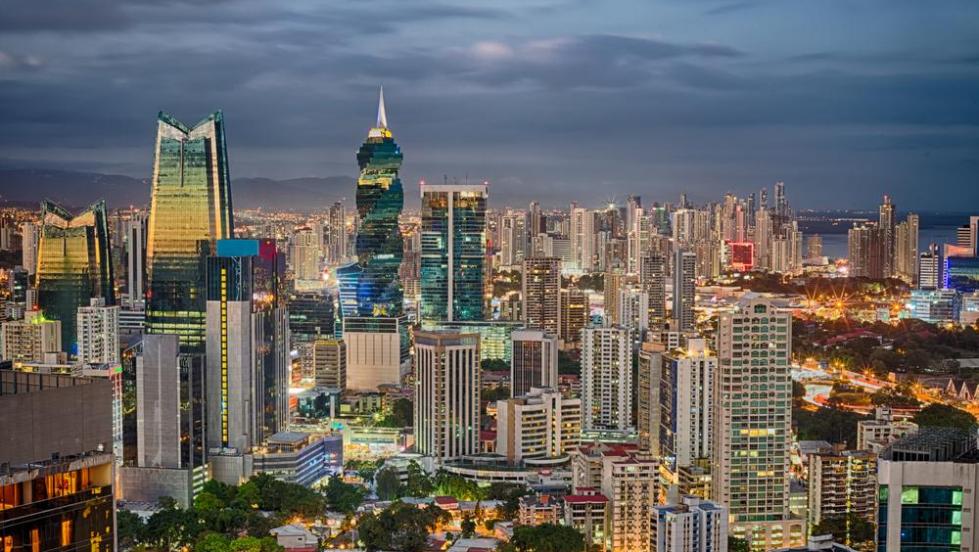About Panama
Panama is a country on the isthmus linking Central and South America. The Panama Canal, a famous feat of human engineering, cuts through its centre, linking the Atlantic and Pacific oceans to create an essential shipping route. In the capital, Panama City, modern skyscrapers, casinos and nightclubs contrast with colonial buildings in the Casco Viejo district and the rainforest of Natural Metropolitan Park. Panama was inhabited by several indigenous tribes prior to settlement by the Spanish in the 16th century. Panama broke away from Spain in 1821 and joined a union of Nueva Granada, Ecuador, and Venezuela named the Republic of Gran Colombia. When Gran Colombia dissolved in 1831, Panama and Nueva Granada remained joined, eventually becoming the Republic of Colombia. With the backing of the United States, Panama seceded from Colombia in 1903, allowing the Panama Canal to be built by the U.S. Army Corps of Engineers between 1904 and 1914. In 1977 an agreement was signed for the total transfer of the Canal from the United States to Panama by the end of the 20th century, which culminated on 31 December 1999. Panama has a tropical climate. Temperatures are uniformly high—as is the relative humidity—and there is little seasonal variation. Panama's tropical environment supports an abundance of plants. Forests dominate, interrupted in places by grasslands, scrub, and crops. Although nearly 40% of Panama is still wooded, deforestation is a continuing threat to the rain-drenched woodlands. Tourism is also aided by the construction of the Waldorf Astoria Panama, the first Waldorf Astoria hotel in Latin America, which opened in March 2013; Trump Ocean Club, which opened in 2010, and BioMuseo, a centre of natural history that is expected to open in early 2013, the old part of the city, a UNESCO World Heritage Site in 1997, and the archipelago of Bocas del Toro, which is used by backpackers.
